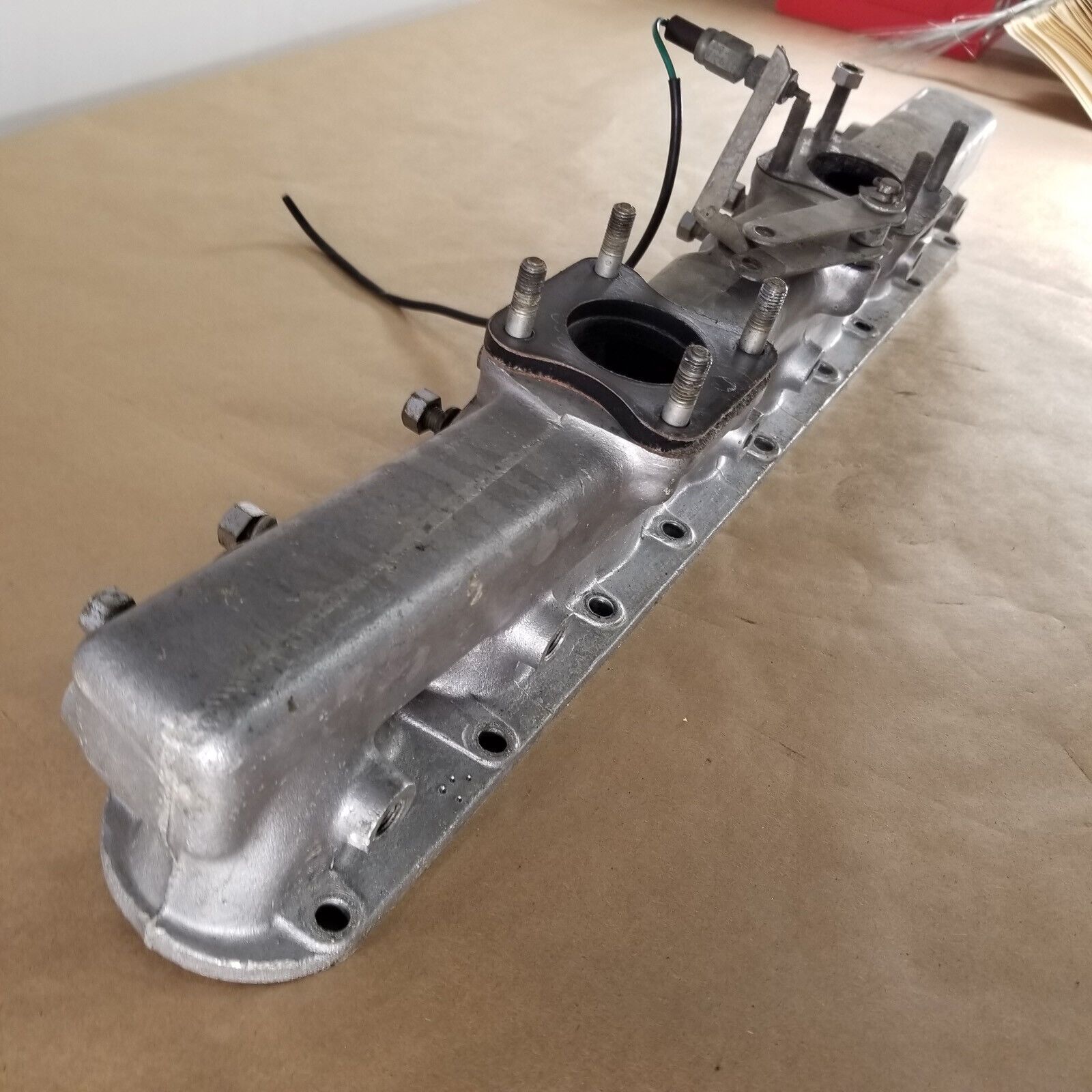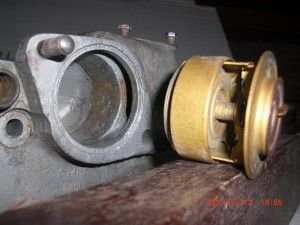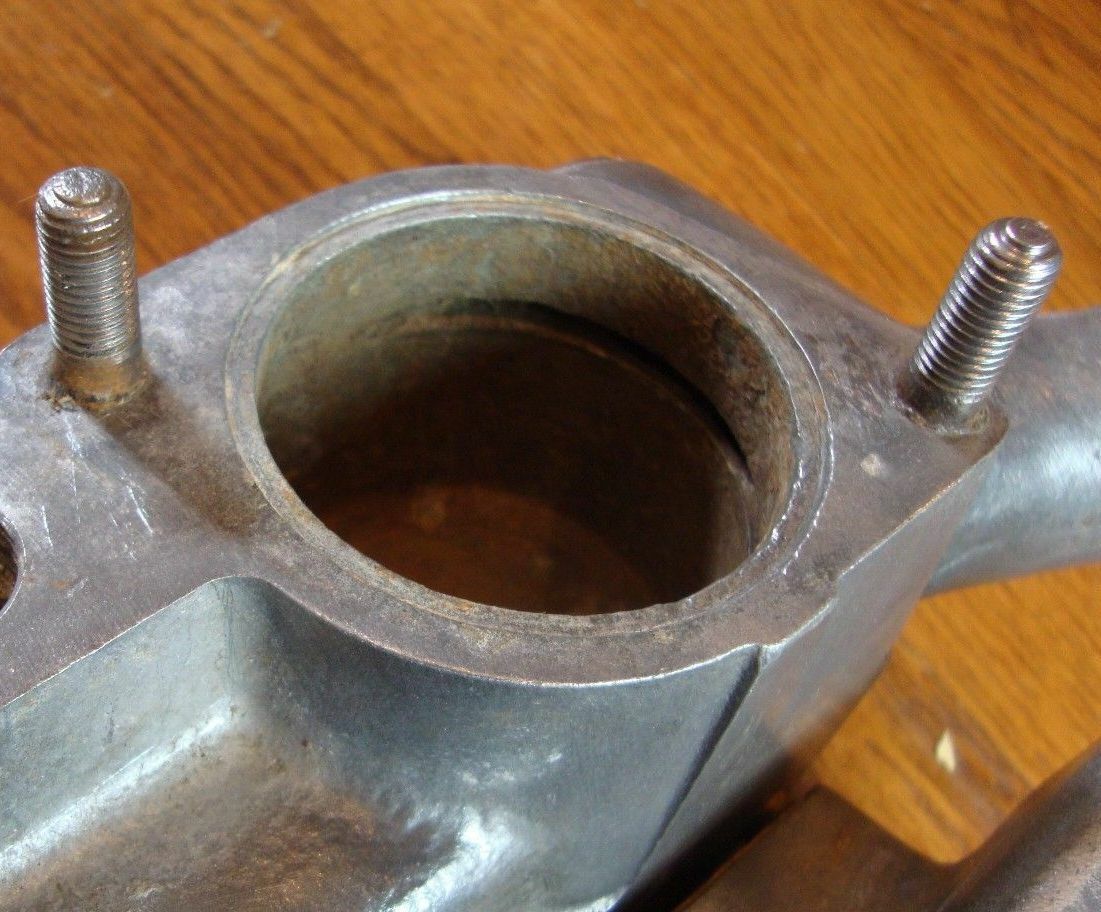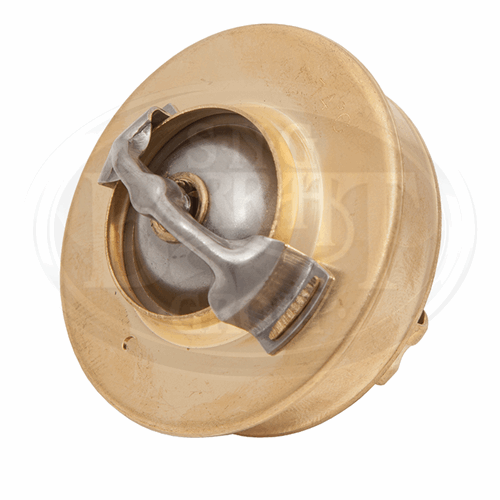gasoline, air, and idle circuit on HD6 carbs
#1
after adjusting the idle (i'll refer to it as the "idle circuit") on my mk2 the other day, and doing some research afterward, i realized i really don't have a clear picture of the physical properties of the idle circuit.
does the idle circuit conduit tunnel around the closed throttle valve at idle?
and on a slightly related issue... does the internal design of the intake manifold isolate contents coming from one carburetor to just three cylinders, or is there free flow such that one carburetor can feed all cylinders?
does the idle circuit conduit tunnel around the closed throttle valve at idle?
and on a slightly related issue... does the internal design of the intake manifold isolate contents coming from one carburetor to just three cylinders, or is there free flow such that one carburetor can feed all cylinders?
Last edited by hueyhoolihan; 08-11-2024 at 12:05 PM.
#2
after adjusting the idle (i'll refer to it as the "idle circuit") on my mk2 the other day, and doing some research afterward, i realized i really don't have a clear picture of the physical properties of the idle circuit.
does the idle circuit conduit tunnel around the closed throttle valve at idle?
and on a slightly related issue... does the internal design of the intake manifold isolate contents coming from one carburetor to just three cylinders, or is there free flow such that one carburetor can feed all cylinders?
does the idle circuit conduit tunnel around the closed throttle valve at idle?
and on a slightly related issue... does the internal design of the intake manifold isolate contents coming from one carburetor to just three cylinders, or is there free flow such that one carburetor can feed all cylinders?
If you look carefully at the carbs, you will see a hole on one side of the closed valve and on the other side, there will be another.
You can see where the casting is drilled for the holes and plugged off _ it all flows through the idle adjuster screw for air/fuel adjustment.
I can't really answer your other question, but even though the entire manifold is connected, I don't think it's designed to run off just one carb, but you probably could tune it to do so; in the end I don't think it would run very well.
The following users liked this post:
Glyn M Ruck (08-12-2024)
#3
Yes, it has to because both butterfly valves are closed at idle, or at least they should be.
If you look carefully at the carbs, you will see a hole on one side of the closed valve and on the other side, there will be another.
You can see where the casting is drilled for the holes and plugged off _ it all flows through the idle adjuster screw for air/fuel adjustment.
I can't really answer your other question, but even though the entire manifold is connected, I don't think it's designed to run off just one carb, but you probably could tune it to do so; in the end I don't think it would run very well.
If you look carefully at the carbs, you will see a hole on one side of the closed valve and on the other side, there will be another.
You can see where the casting is drilled for the holes and plugged off _ it all flows through the idle adjuster screw for air/fuel adjustment.
I can't really answer your other question, but even though the entire manifold is connected, I don't think it's designed to run off just one carb, but you probably could tune it to do so; in the end I don't think it would run very well.
BTW, if the manifold has no barrier in the middle (and i can't find anything on the web about its internal structure, but have an idea as to how to go about making that determination), it wouldn't surprise me if the engine would run quite smoothly, i say that because the XPAG engine on my MG, with it's "no barrier" intake manifold, runs quite smoothly, i discovered by accident one day, with one carb disabled.
i know this because it happened when a throttle clamp loosened while driving and a subsequent well-known hill had me prematurely downshifting. a quick peek under the hood found only one throttle shaft moving when blipping the accelerator cable!
and i'm with you WRT to intentions...as i don't believe my MG or MK2 engines were designed to run on one carb, or the intake manifold was designed to facilitate such a thing.
Last edited by hueyhoolihan; 08-11-2024 at 05:36 PM.
The following users liked this post:
Glyn M Ruck (08-11-2024)
#7
Trending Topics
#9
haha, i was going to ask for a clarification, but you beat me to it!
as i recently adjusted the idle (was running at 1300RPM and don't like it that high) and found two idle adjustment screws. i simply turned them both out the same number of turns. it's now running at about 800, according to the tach.
and as you mentioned that there is no divider in the intake manifold, using one or two idle adjustment screws, i agree, most likely makes little difference. but nevertheless on some future date TBD, and with a nod to "leaving no stone unturned", i'll probably end up testing the idle on one carb only, then the other, and finally on both, evaluate the results and proceed accordingly.
as i recently adjusted the idle (was running at 1300RPM and don't like it that high) and found two idle adjustment screws. i simply turned them both out the same number of turns. it's now running at about 800, according to the tach.
and as you mentioned that there is no divider in the intake manifold, using one or two idle adjustment screws, i agree, most likely makes little difference. but nevertheless on some future date TBD, and with a nod to "leaving no stone unturned", i'll probably end up testing the idle on one carb only, then the other, and finally on both, evaluate the results and proceed accordingly.

Last edited by hueyhoolihan; 08-11-2024 at 07:20 PM.
The following users liked this post:
Glyn M Ruck (08-11-2024)
#10
#12
i ran across something about factory plugs in some SU carbs. can't remember which one's. could be the HIFs. just ran across it this evening while searching the net for info on the HDs.
The following users liked this post:
Glyn M Ruck (08-12-2024)
#13

This is 2.4 manifold, but apart from the arrangement of the carburetors, I'd guess the 3.4 and 3.8 are a similar layout. The internal surfaces are shown dotted, There's a smallish passage that looks as though it's drilled between the front and back halves - mid height above the red arrow. It's big enough to balance the two halves at idle, but make them closer to independent at full throttle.
#14

This is 2.4 manifold, but apart from the arrangement of the carburetors, I'd guess the 3.4 and 3.8 are a similar layout. The internal surfaces are shown dotted, There's a smallish passage that looks as though it's drilled between the front and back halves - mid height above the red arrow. It's big enough to balance the two halves at idle, but make them closer to independent at full throttle.
looking at closeup pic on ebay, there appears to be some sort of tomfoolery going on in and around that passageway on the outside. i'm wondering if there might be, in addition to that sensor sticking up, a valve arrangement controlled by an external lever. here's a pic.

i'm guessing that that lever in the middle of the manifold and on the right side as pictured, swivels. wonder what it's attached to, if anything,

another pic of it. this time the lever i'm referring to is just to the right of center and at a slight angle to the manifold. its attachment point is molded into the casting. i would imagine it's connected to something inside the manifold.
here's the URL: https://www.ebay.com.au/itm/303248282825
#15
The following 2 users liked this post by JeffR1:
Glyn M Ruck (08-12-2024),
hueyhoolihan (08-12-2024)
#19
i don't have the ambition, presently, to remove my intake manifold and directly verify the existence or absence of a passage between its fore and aft halves, but may attempt an indirect approach in the future, as it appears there is still some question, at least in my mind, as to whether the intake manifold in my 1967 3.4l engine has one or not. which is fine... 
BTW, my indirect approach is not secret, clever, or obscure, it will consist of observing the consequences of completely closing off one of the "slow idle" screws. if there is no passageway, i figure the engine will either stall or begin running on only three cylinders.

BTW, my indirect approach is not secret, clever, or obscure, it will consist of observing the consequences of completely closing off one of the "slow idle" screws. if there is no passageway, i figure the engine will either stall or begin running on only three cylinders.
Last edited by hueyhoolihan; 08-12-2024 at 08:02 PM.
#20






